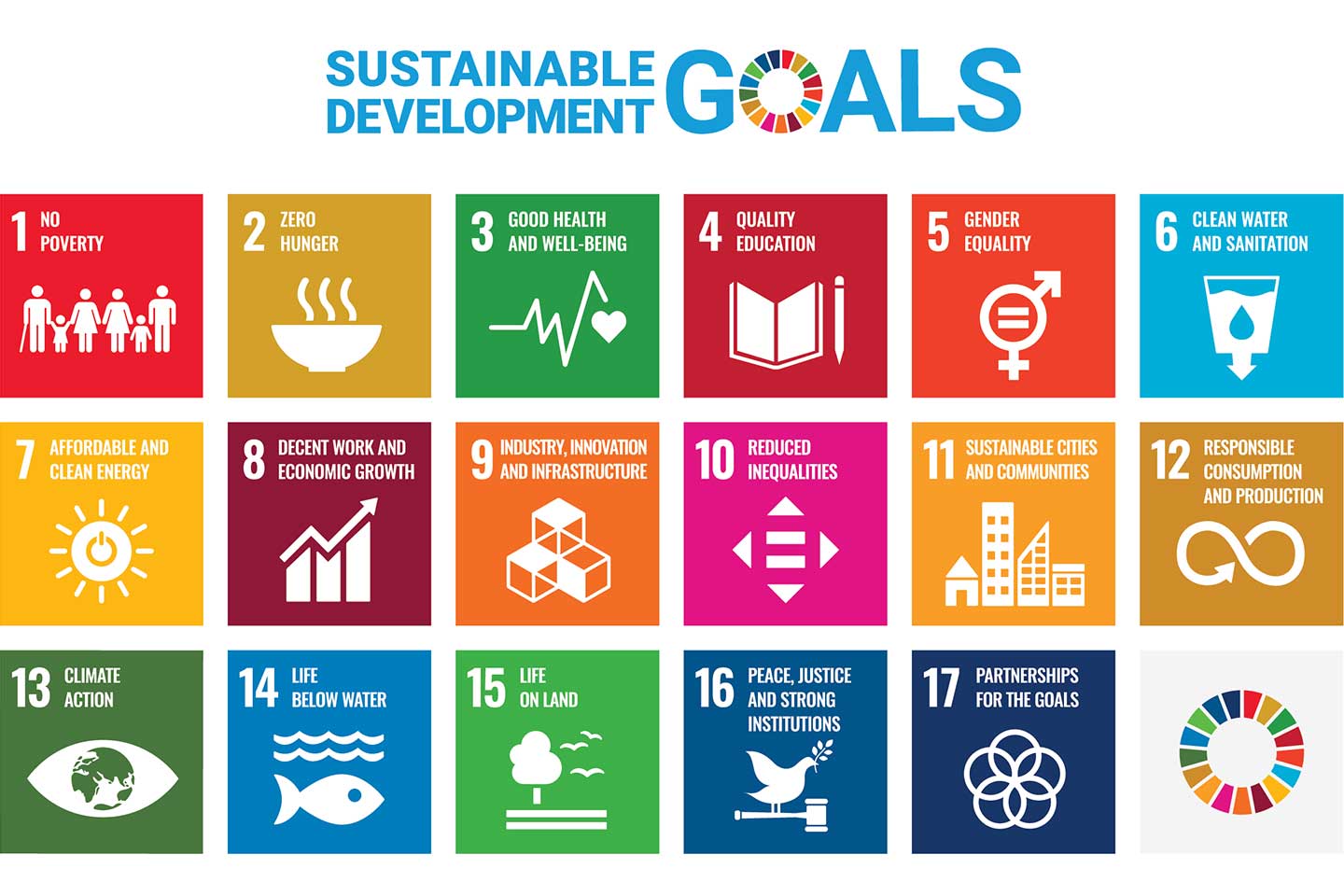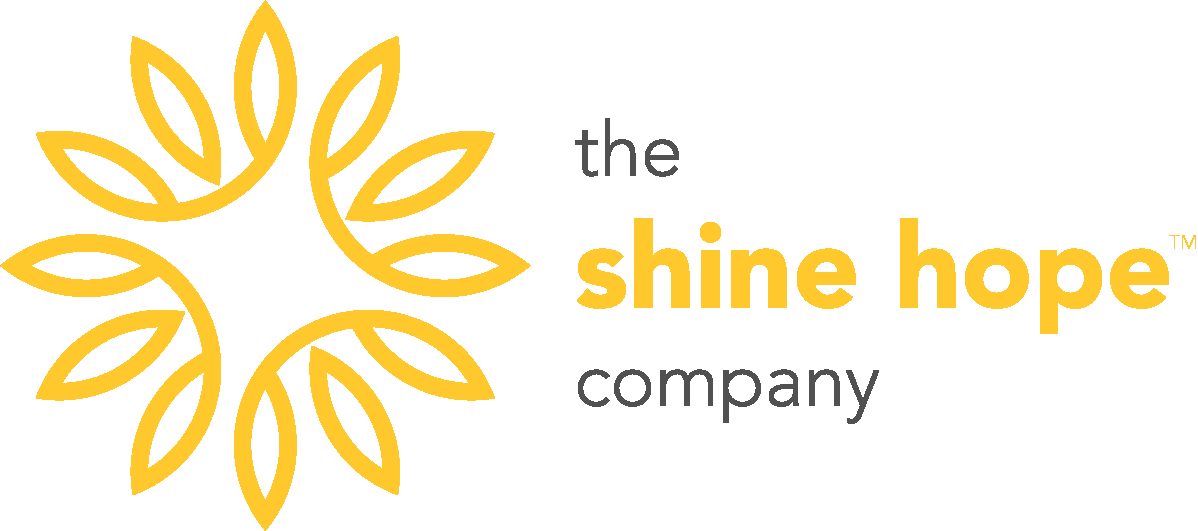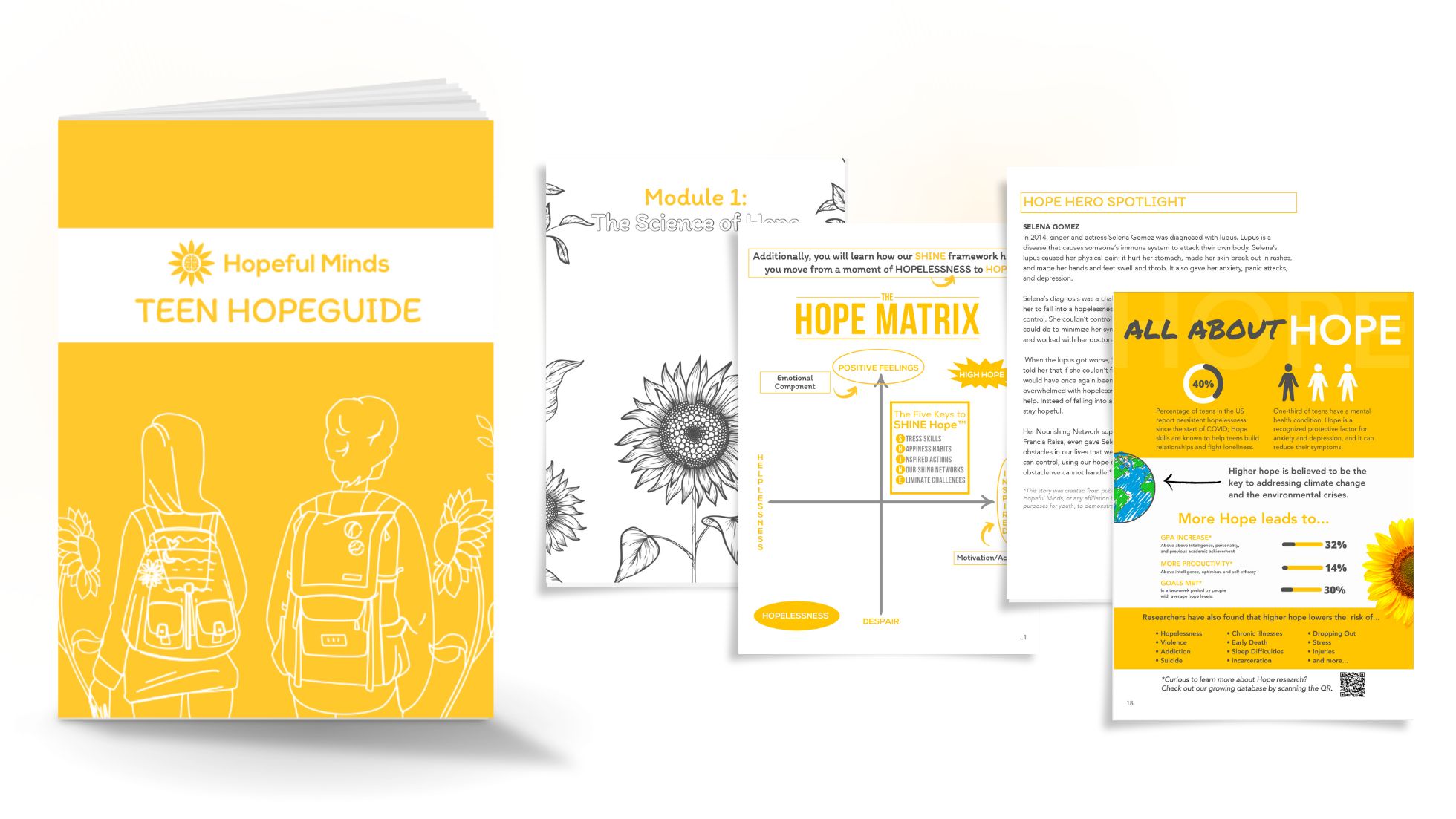Sustainable Development Goals
The 2030 Agenda for Sustainable Development, adopted by all United Nations Member States in 2015, provides a shared blueprint for peace and prosperity for people and the planet, now and into the future.
The Role of Hopein SDG Achievement
Businesses worldwide are facing the challenge of contributing towards the United Nations’ Sustainable Development Goals (SDGs), and Hope is a powerful tool that can aid in achieving these objectives.This is because those with higher levels of hope are more likely to set and achieve their SDG-related goals. Goals are met because they have high agency-related hope thoughts (i.e., the belief that they can attain their goals) and pathways-related hope thoughts (i.e., the belief that they can overcome barriers in developing alternative solutions to meet goals). In sum, higher Hope is critical for reaching the SDGs.
If your company is charged with driving progress towards meeting the SDGs, your company must implement Hope as a strategy.
SDG # 1:No Poverty
There is a bidirectional relationship between hopelessness and poverty; those who live in states of poverty are likely to experience higher levels of hopelessness, and those who have higher levels of hopelessness are likely to experience more poverty.
SDG # 2:Zero Hunger
Research suggests promoting farmers’ sense of hope promotes problem-solving strategies, leading to the development of improved farming techniques, methods, and a greater crop yield.
SDG # 3:Good Health and Well-being
Hope has been linked to well-being across various populations, even during the COVID-19 pandemic.
SDG # 4:Quality Education
Students with high hope are more motivated and more committed to their studies, and the same is true for teachers. Teachers with higher levels of hope are able to motivate students who are the most “disaffected.” Higher hope is also school attendance and retention and predicts GPA more than IQ.
SDG # 5:Gender Equality
The prevalence of mental health difficulties is far greater in females than males. For example, 3 in 5 girls report persistent hopelessness Hopelessness is often a consequence of oppression and discrimination and is learned. By activating skills for hope in oppressed populations, we can work to improve their ability to overcome challenges and reduce the mental health gap.
SDG # 6:Clean Water and Sanitation
Research suggests Hope as a strategy to give people a pathway to solving the problem of water scarcity as they move from despair and hopelessness to a sense of empowerment.
SDG # 7:Affordable and Clean Energy
Research suggests individuals high in hope are likely to take action towards developing clean energy sources.
SDG # 8:Decent Work and Economic Growth
Higher levels of hope can lead to a 14% increase in productivity within the workplace — more than intelligence, optimism, or self-efficacy. Hope also protects against depression; Depression is the leading cause of disability worldwide and the most significant cost to the workforce. According to the Center for Disease Control (CDC), depression causes an estimated 200 million lost workdays each year at the cost of $17 billion to $44 billion to employers
SDG # 9:Industry, Innovation, and Infrastructure
Individuals higher in hope have a greater quantity and quality of problem-solving /solutions and are more creative, which is key for industry, innovation, and infrastructure.
SDG # 10:Reduced Inequality
Hopelessness is often a consequence of oppression and discrimination, so it continues the cycle of oppression as all the related negative outcomes of hopelessness.
SDG # 11:Sustainable Cities and Communities
Individuals with higher levels of hope are less likely to return to jail. Lower crime rates inevitably make cities/communities safer.
SDG # 12:Responsible Consumption and Production
Research indicates personal motivation, environmental motivation, and hope significantly predict an early adoption of green technologies. Thus, hope is a factor for responsible energy consumption, as individuals with higher levels of hope are more likely to adopt greener alternatives.
SDG # 13:Climate Action
Many studies have found that hope is positively correlated with climate-change engagement and pro-environmental behaviors.
SDG # 14:Life Below Water
There is a two-way nature of the relationship between ocean health and human health. The ocean is vital to the health of humans, and we are vital to the health of the ocean. Higher hope is key to better problem-solving, and we need effective strategies to prevent and reduce ocean pollution will be key to protecting human health.
SDG # 16:Peace and Justice Strong Institutions
Hope is seen as an important construct for conflict resolution; hope is an intervention that can promote peace when resolving intractable conflicts. Also, Hopelessness is the only consistent predictor of violence; thus, increasing Hope can protect against violence within communities.
SDG # 17:Partnership to Achieve the Goal
Individuals with higher levels of hope have greater positive connections with others and are more collaborative, which is necessary for healthy partnerships.





